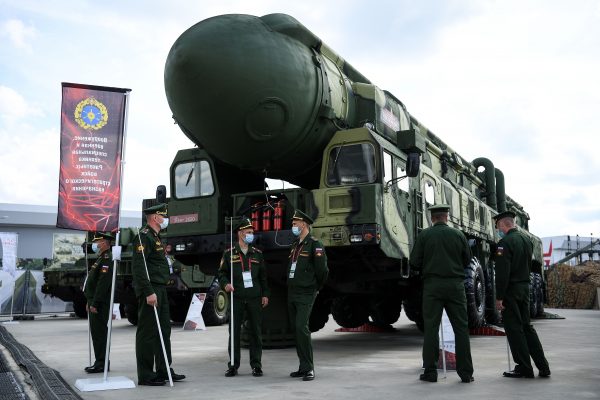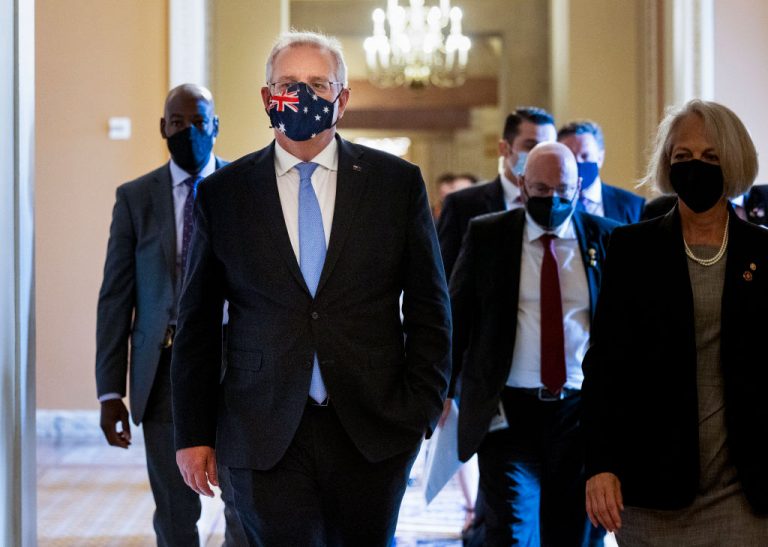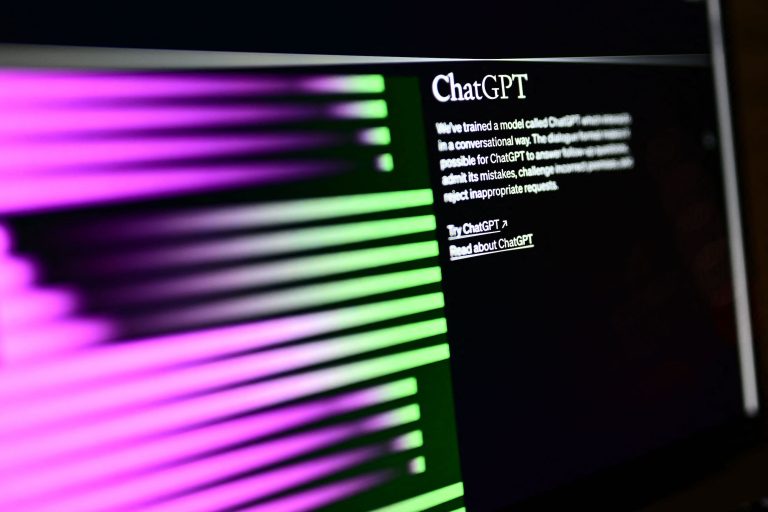On Tuesday, April 5, AUKUS, the strategic defense alliance between the U.S., UK and Australia announced plans to develop “hypersonic weapons and electronic warfare capabilities.”
The U.S. has been criticized for its slow development of hypersonic weaponry while Russia and China have successfully proven the sheer power of the technology.
Hypersonic missile development
In the shadow of Russia’s invasion of Ukraine, the leaders of the AUKUS defense alliance, U.S. President Joe Biden, British Prime Minister Boris Johnson and Australian Prime Minister Scott Morrison, signed a joint statement, solidifying their “commitment” to the alliance and its role in a “free and open Indo-Pacific.”
The AUKUS defense pact was formed in September 2021, with the goal to monitor and increase security in the Indo-Pacific region in the midst of growing tensions with Beijing.
In the statement the alliance wrote, “In light of Russia’s unprovoked, unjustified, and unlawful invasion of Ukraine, we reiterated our unwavering commitment to an international system that respects human rights, the rule of law, and the peaceful resolution of disputes free from coercion.”
Success
You are now signed up for our newsletter
Success
Check your email to complete sign up
The leaders of the alliance agreed to cooperate with each other to develop new hypersonic weapons, in addition to “electronic warfare capabilities” and information sharing to increase defensive and security potential.
“We… committed today to commence new trilateral cooperation on hypersonics and counter-hypersonics, and electronic warfare capabilities, as well as to expand information sharing and to deepen cooperation on defense innovations,” the leaders said.
The cooperation comes as Moscow continues its “special military operation” in Ukraine, creating a “sense of urgency” for the missile-developing nations, senior analyst Marcus Hellyer of the Australian Strategic Policy Institute (ASPI) said.
“We’ve been reminded once again that war is not the strictly old-fashioned concept that [will] never occur again, that authoritarian regimes will use military force to achieve their ends when they think it’s achievable within their interests,” Hellyer said.
On Thursday, April 7, it was reported that Washington has suffered a delay in the development of its first hypersonic weapon after multiple test failures, prompting criticism of the U.S. over its slow progress and for lagging behind Beijing.
Russia debuted its hypersonic arsenal with the firing of a missile on Ukraine last month. China, on the other hand, successfully test-launched a missile into low orbit in July 2021, which was confirmed by Gen. Mark Mlley of the U.S. Joint Chiefs of Staff in October.
In response to the AUKUS announcement, Zhang Jun, Beijing’s United Nations (UN) Ambassador, delivered a warning that such approaches could lead to a crisis like the one in Ukraine.
“Anyone who does not want to see the Ukrainian crisis should refrain from doing things which may lead the other parts of the world into a crisis like this,” he told reporters.
The communist-run news outlet Global Times attacked the AUKUS cooperation deal, saying that analysts believe that the U.S. is taking advantage of the Ukraine crisis to boost the capabilities of the “Asian version of NATO” to suppress the Chinese Communist Party (CCP).
READ MORE:
- Hypersonic Missiles and How They Could Change the Global Strategic Balance
- Russia Tests Nuclear-Capable Hypersonic Missile
- General Milley Finds China’s Hypersonic Missile Tests ‘Concerning’

Hypersonic missiles are weapons that move so fast that nearly every missile defense system in existence struggles to counter them. They typically fly on a low trajectory in the atmosphere, allowing them to reach their target faster. They are also more maneuverable and trickier to intercept.
According to Hellyer, several countries are already competing in a “technology race” to develop hypersonic missiles.
So far, Russia is in the lead, with China closely behind, as stated by the U.S. Congressional Research Service (CRS). France, Germany, Australia, India and Japan are currently developing hypersonic weapons, while Iran, Israel and North and South Korea are scratching the surface with “basic research.”
Currently, the U.S. and Australia have a hypersonic program dubbed the Southern Cross Integrated Flight Research Experiment (SCIFiRE). While the UK is not part of the program, officials state that the country is willing to cooperate on research and development in the field.
Both Biden and Morrison expressed their satisfaction over the progress made for nuclear-powered submarines for the latter, adding that they would continue to work together in other areas.
















